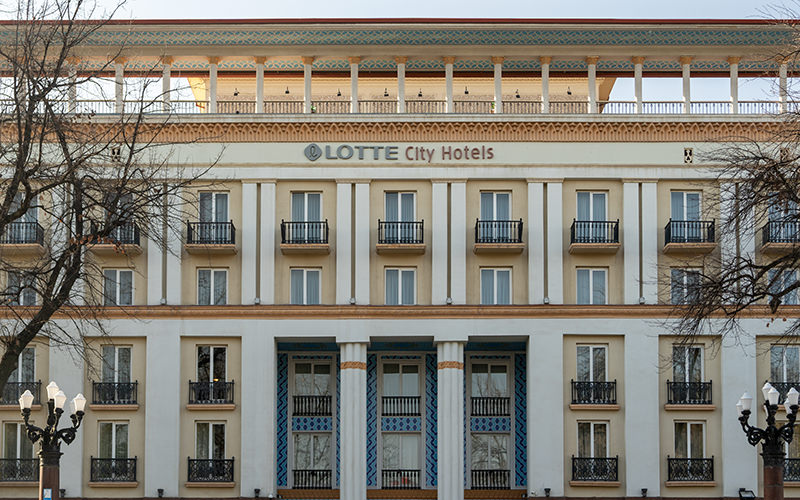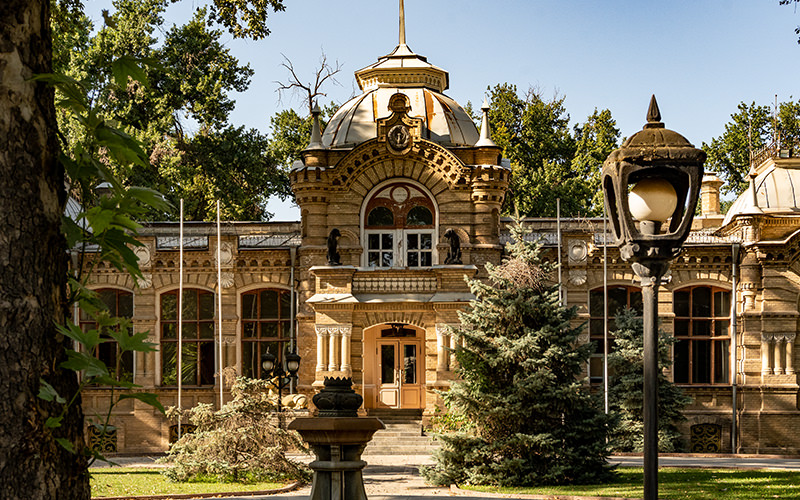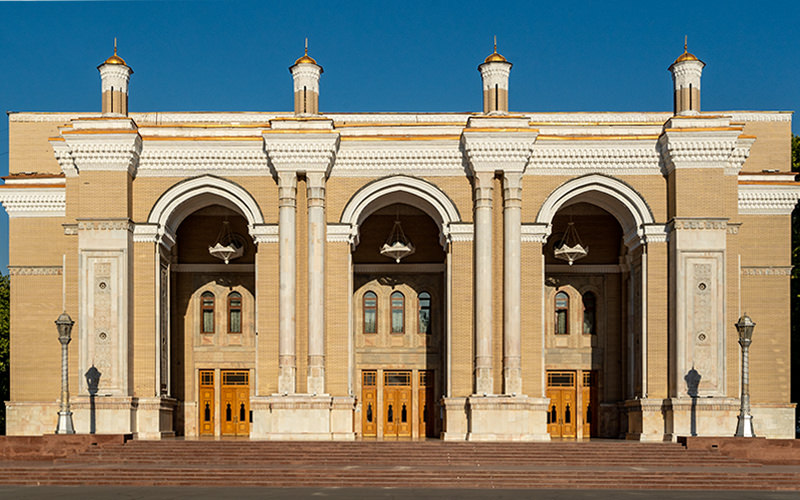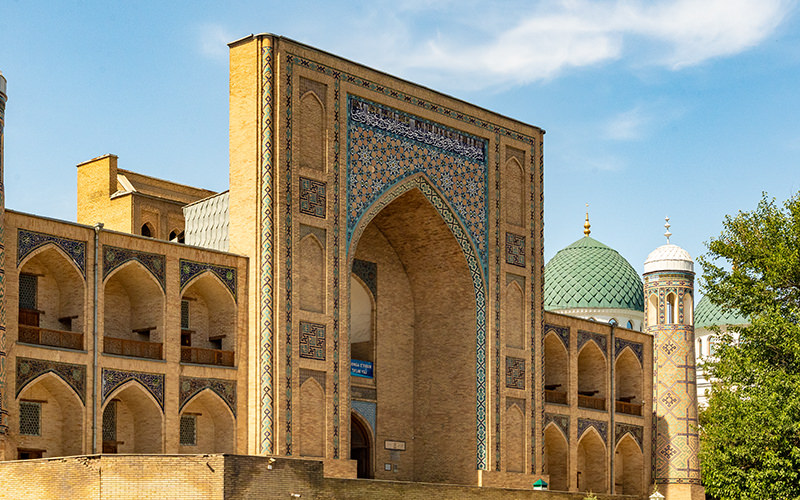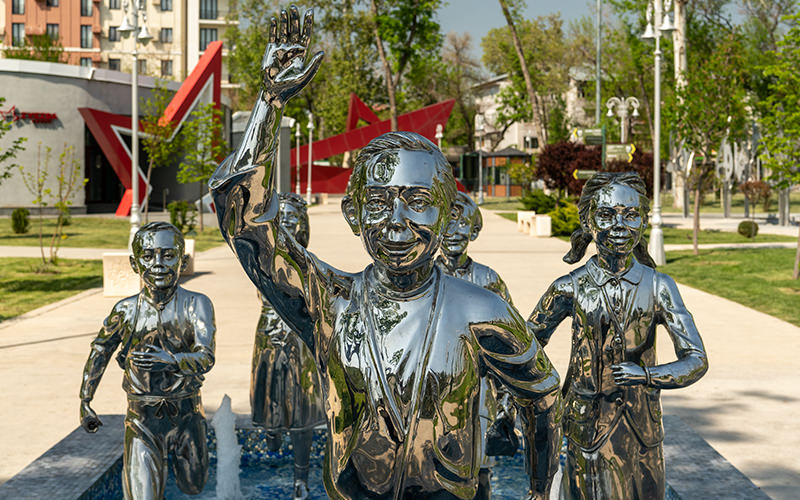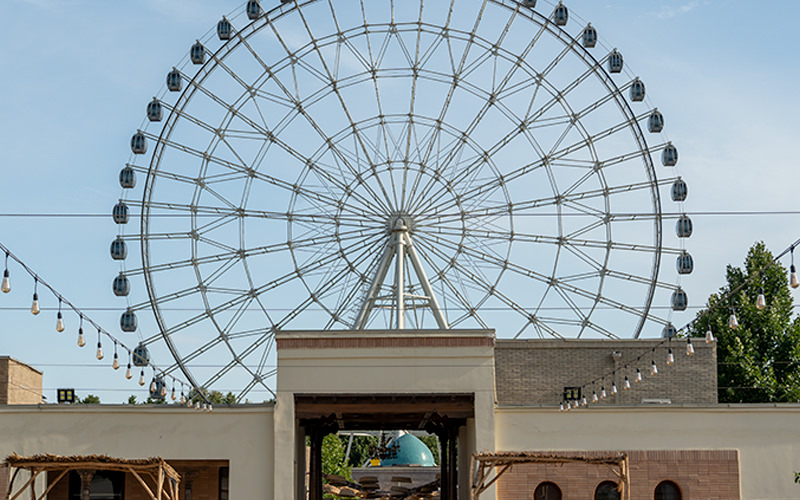The Hazrati Imam Ensemble is one of the most popular architectural landmarks in Tashkent among tourists. Visitors come here to explore the monuments of Uzbekistan's architecture, buy souvenirs, and take a few photos against the backdrop of historical buildings. Today, we will take a stroll through this complex.
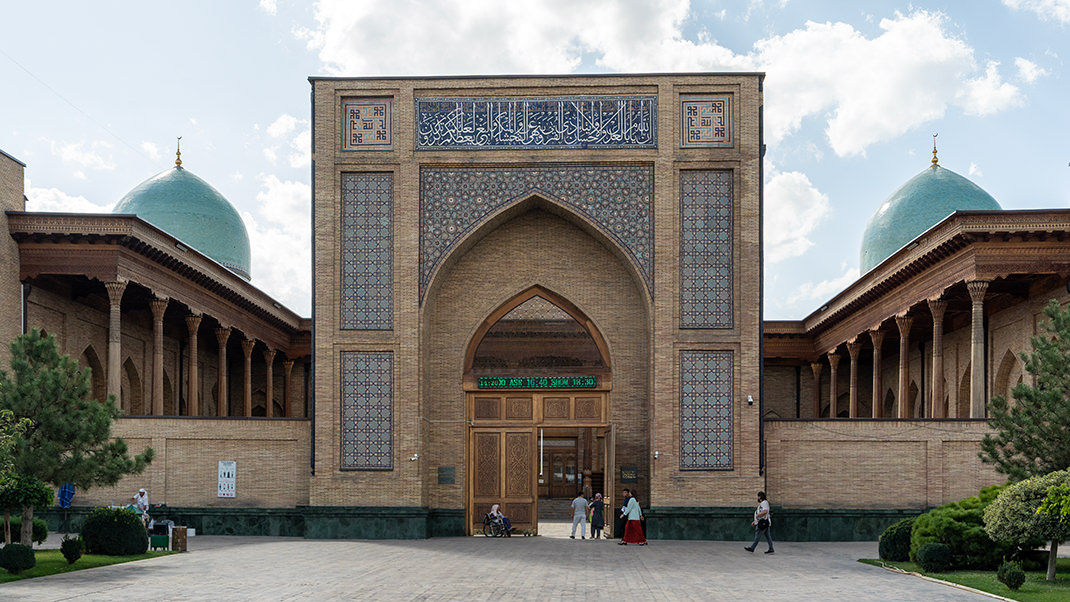
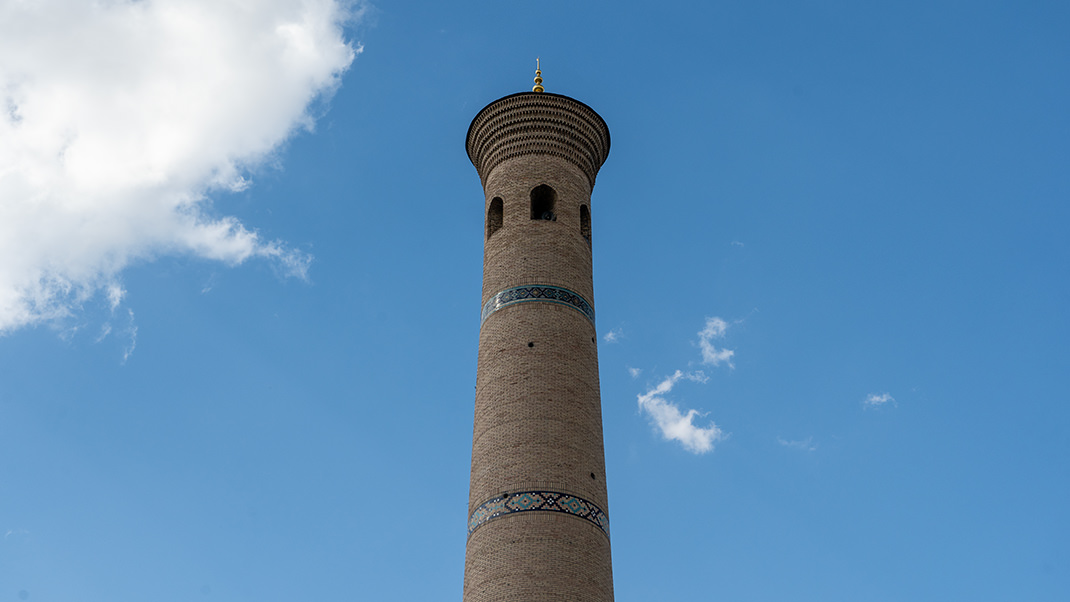
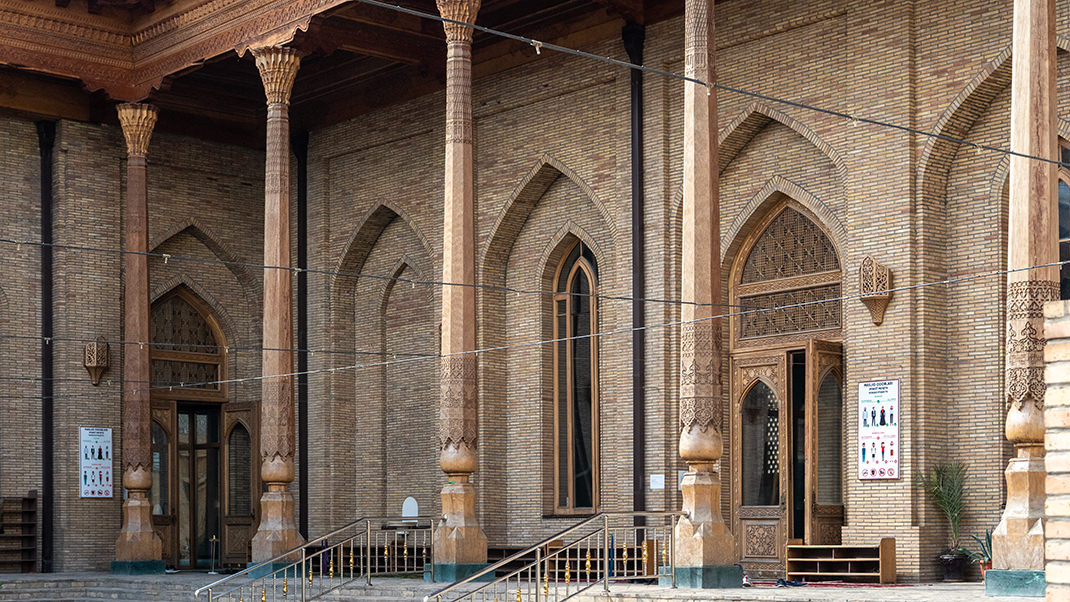
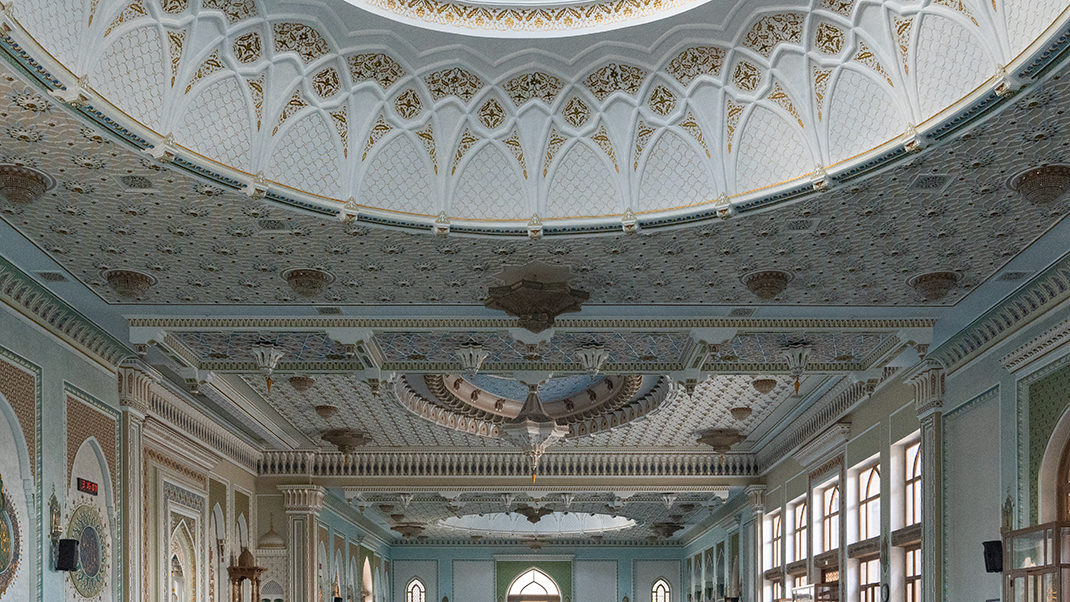
How to Get There by Metro
I walked to Hazrati Imam from the "G’afur G’ulom" metro station, and it took about 20 minutes.
Entry to the territory of most buildings in the complex is free, but those who want to visit the Moʻyi Muborak madrasa, inside which the Museum of the Quran is located, will need to purchase a ticket. For me, as a visitor, in the autumn of 2023, it cost 40,000 Uzbekistani soms. It is said on the internet that the world's oldest Quran is kept here.
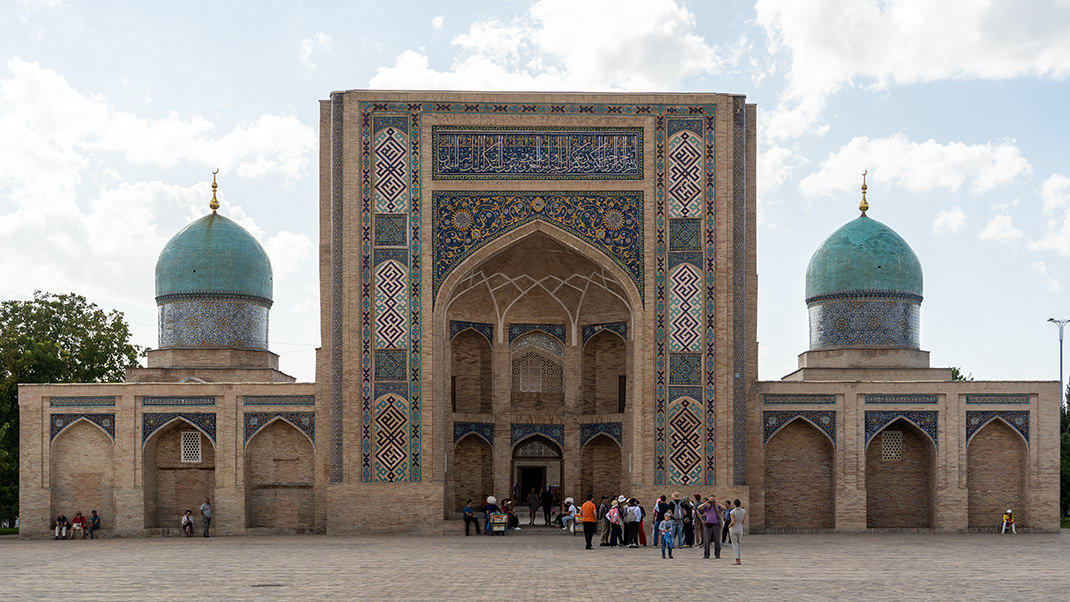
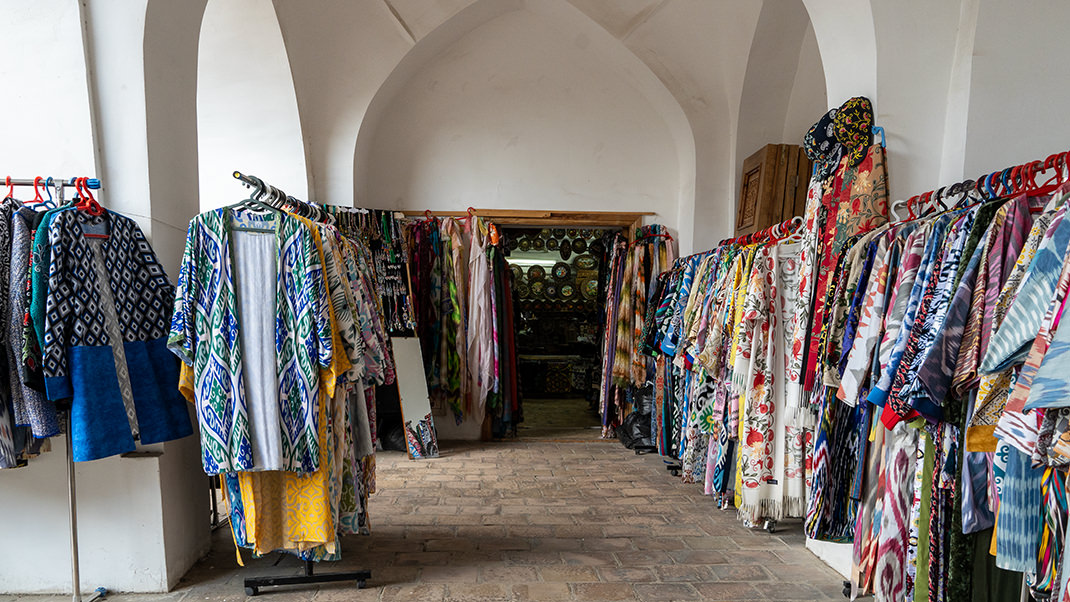
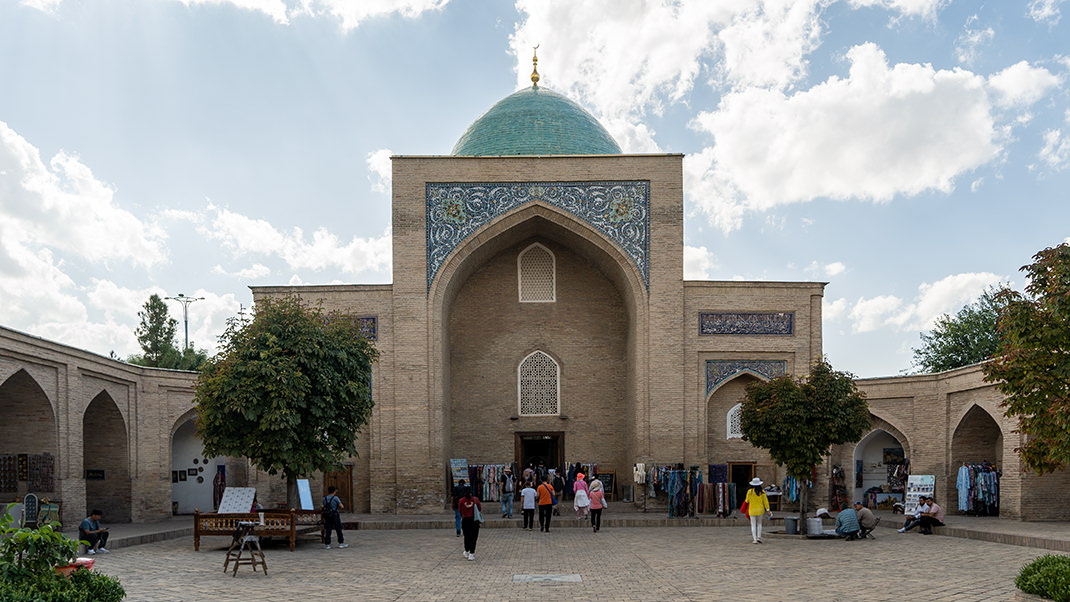
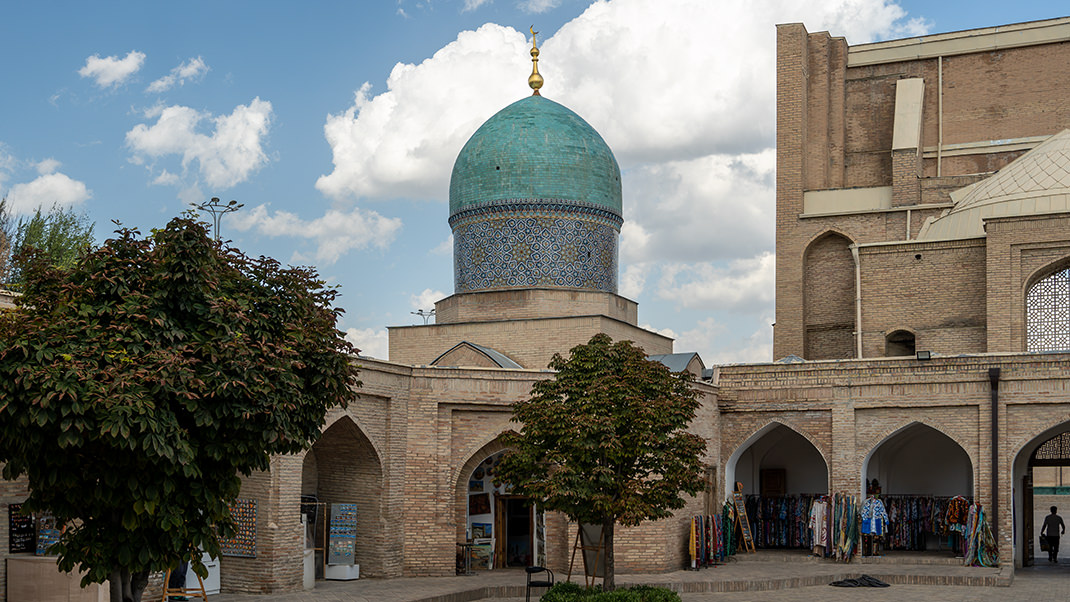
A Bit of History
The basis for the Hazrati Imam complex (great or holy imam) was the burial place of Abu Bakr Muhammad ibn Ali Ismoil ash-Qaffol Shoshiy, one of the prominent imams and educated individuals of his time. Qaffol Shoshiy passed away in 976. Over the years, a cemetery grew around his tomb. In the 16th century, a mausoleum was built over the burial site, and the architect Gʻulom Husayn was involved in its construction.
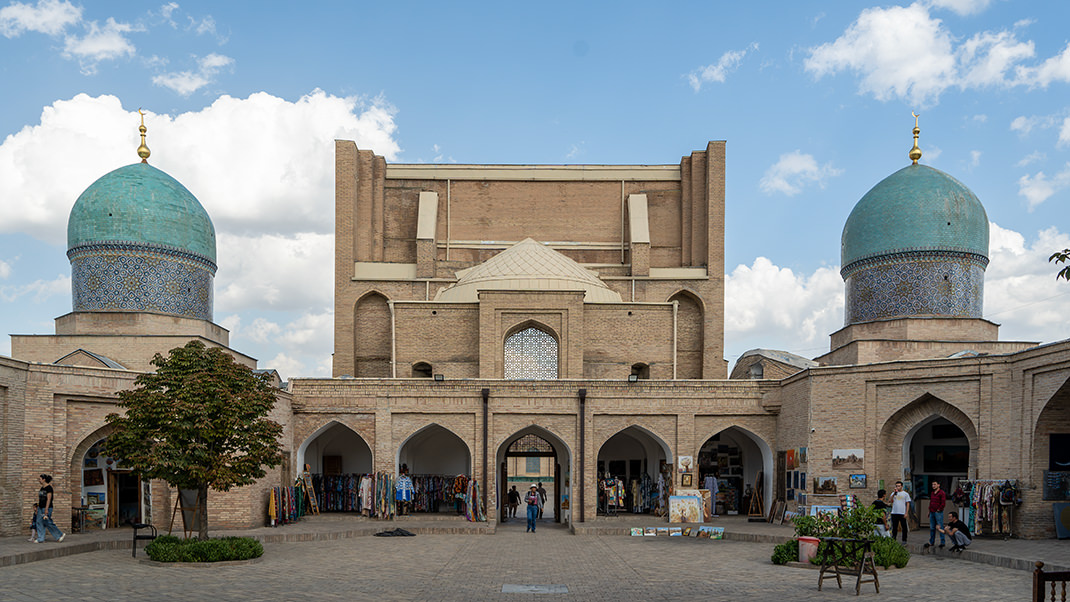
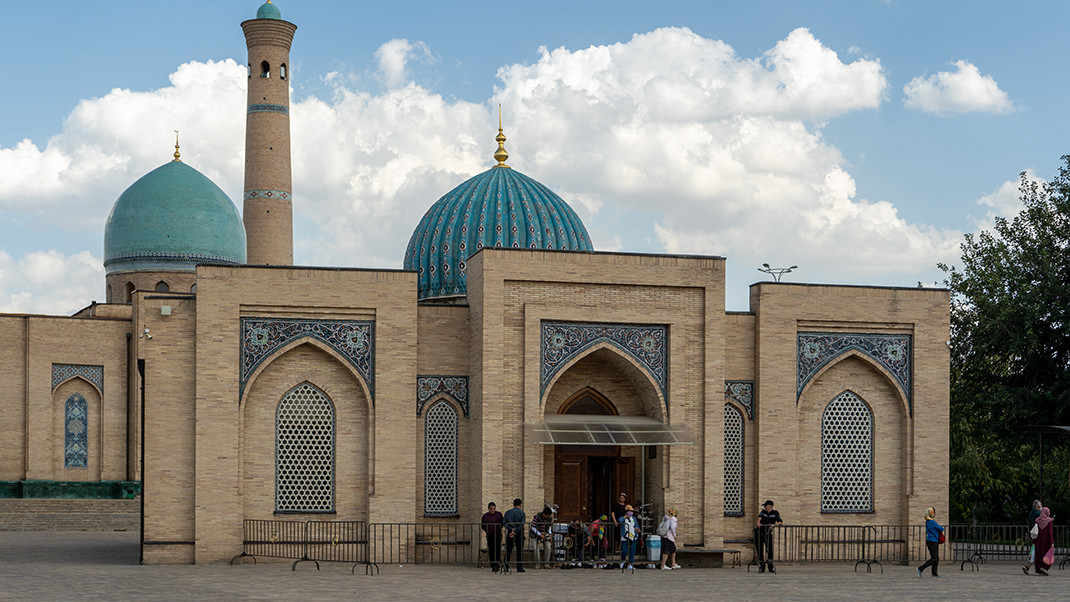

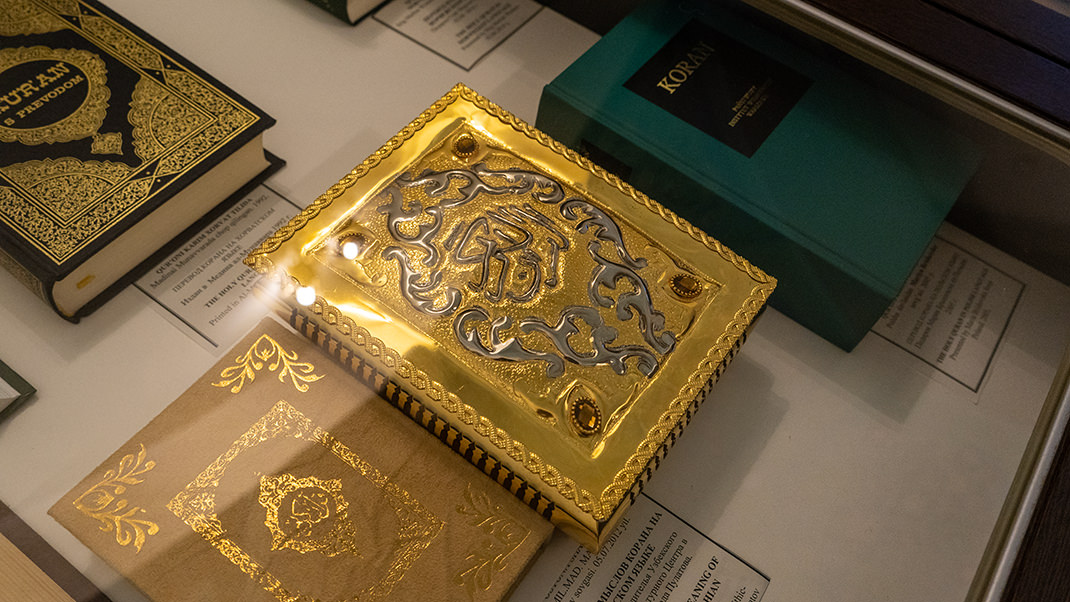
At the same time, the Suyunchxoʻjaxon mausoleum appeared here, the great-great-grandson of Amir Timur and the first ruler of Tashkent from the Shaybanid dynasty. Later, this building was included in the Baroqxon madrasa. This structure has survived to this day, and today souvenir shops and small pavilions selling national clothing are located on its territory.
Not far from here, there are two more buildings: the aforementioned Moʻyi Muborak madrasa and the Tillashayx mosque. The latter was built in the second half of the 19th century. The Namazgoh mosque is also part of the Hazrati Imam complex. Today, it is part of the Imam al-Bukhari Islamic Institute.
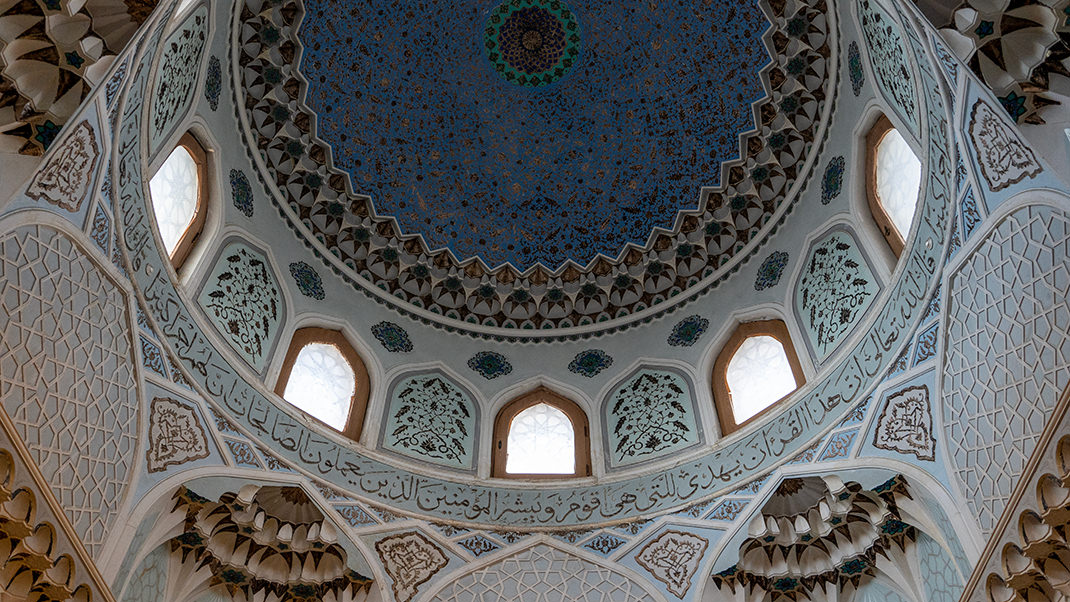
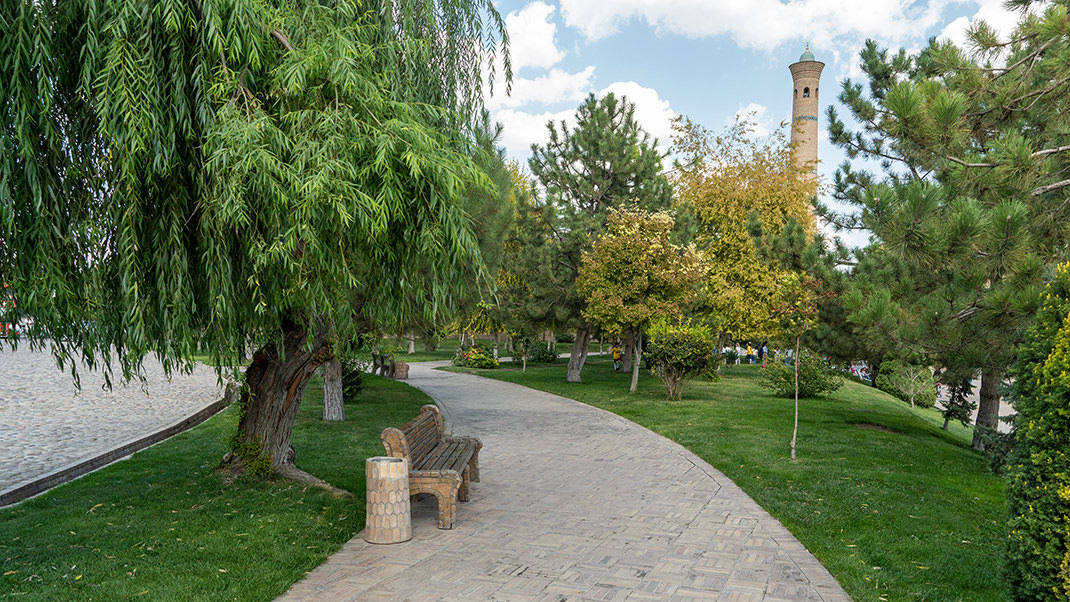
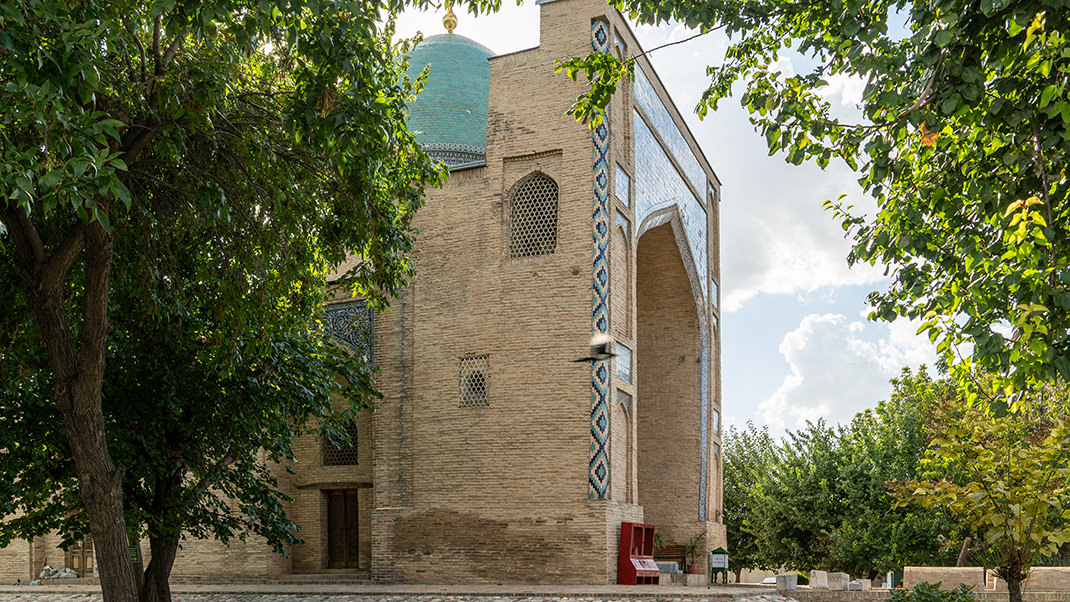
It should be noted that, judging by the descriptions of this place's past, there used to be a park with arbors arranged on the territory of the Hazrati Imam ensemble. Moreover, inside the complex, there was a winding network of small streets.
The ancient complex includes modern buildings as well. These include the Management of Muslims of Uzbekistan and the Hazrati Imam Jome Mosque. These buildings appeared here in 2007.
Currently, extensive construction is taking place next to the complex, and in the future, the Islamic Civilization Center will be established here. Judging by the enormous fenced territory and what can be seen from behind the fence, the construction will be truly grandiose.
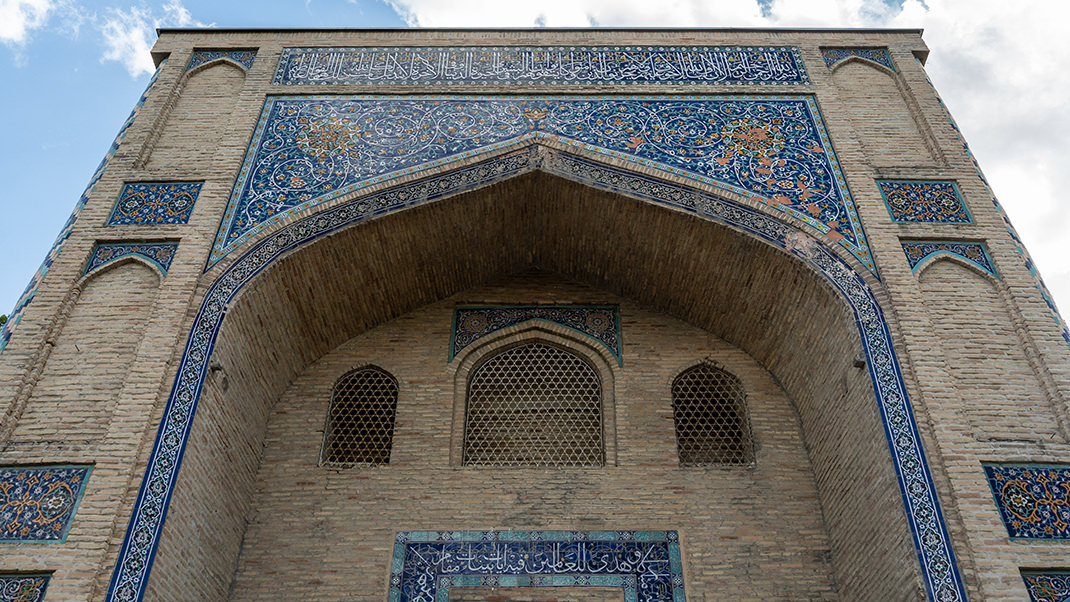
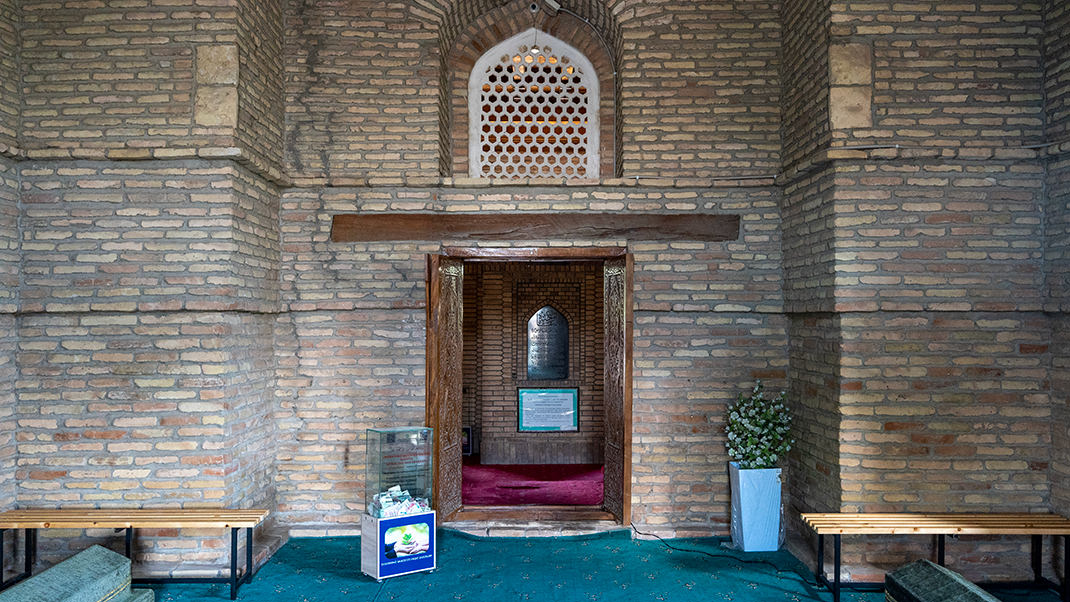
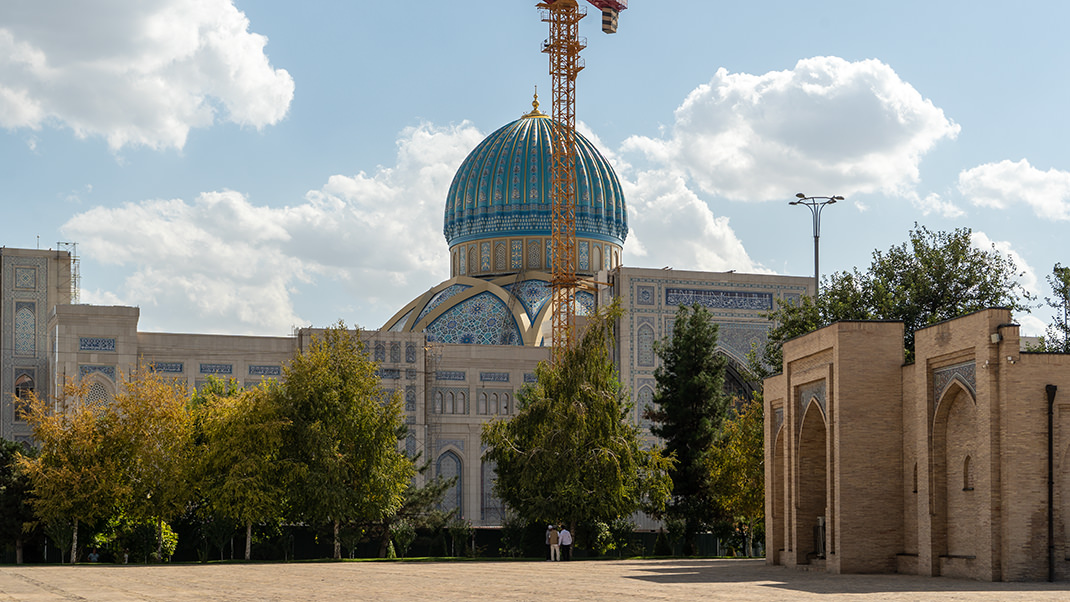
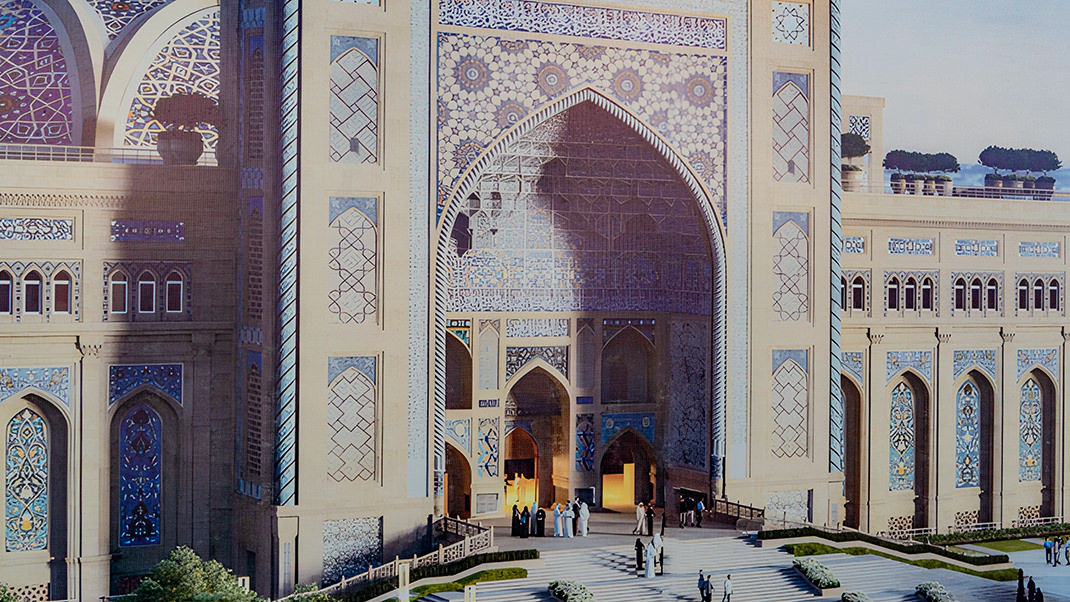
Friends, we have walked through all the buildings of the Hazrati Imam complex. For those interested in the theme of Eastern architecture, I suggest reading my article about the vibrant Kukeldash madrasa, which is located about one and a half kilometers from here.
Have a nice trip!


